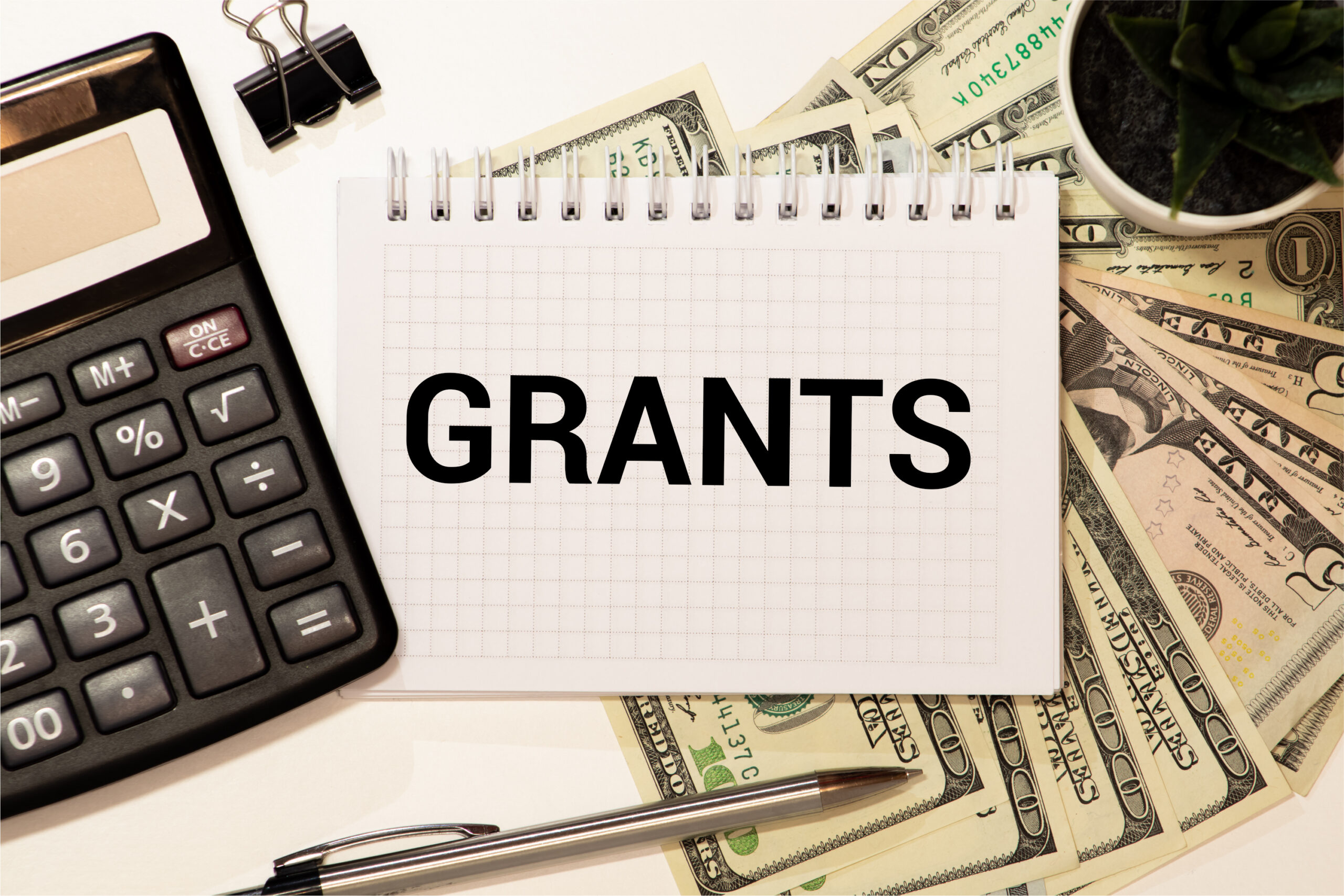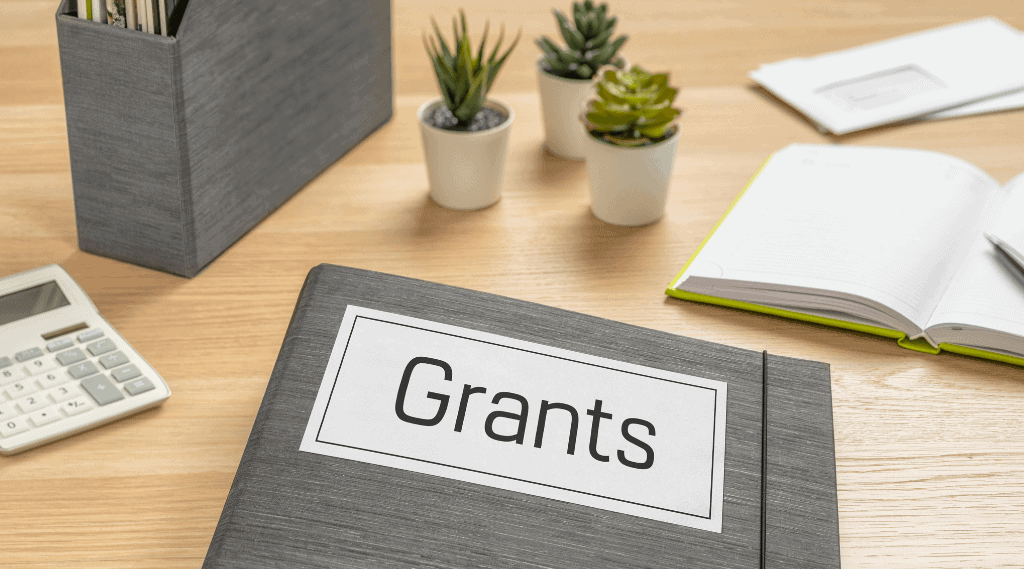Writing a grant can feel like stepping into a whole new world. I remember the first time I looked at a grant application—it seemed like a secret language only experts could speak.
Today, I want to share a simple guide that breaks down the process into clear, manageable steps.
If you’re new to this or have been turned off by complicated instructions in the past, this guide is for you.
I’m here to help you understand how to write grants without all the fancy words and confusing jargon.
Why Grants Matter
Grants provide funding that can help bring projects, ideas, or causes to life. For non-profit organizations, small businesses, researchers, and community projects, grants can be the key to moving forward without the heavy burden of loans or personal expenses.
In 2021, for example, data from the National Center for Charitable Statistics showed that grants made up a significant portion of non-profit funding in the United States (learn more at Grants.gov).
Just Before You Go
Empower individuals to overcome barriers, gain essential skills, and secure gainful employment through our proven programs—KeelMaster, KeelWings, and KeelMate. Your support can spark change and build brighter futures.
Donate NowWhen you understand how to write a grant, you gain a tool that can transform a good idea into a funded project.
A Simple Guide to Writing a Grant
1. Start With Research
Before putting pen to paper, it’s important to know which grants are right for your project. Look for grants that match your goals. Read through the eligibility requirements, deadlines, and guidelines.
I recommend visiting sites like Grants.gov or the Foundation Center to find opportunities. Once you have a list, focus on those that feel like a good fit. It’s much easier to write a strong grant when you’re passionate about the project.
2. Understand the Application Requirements.
Each grant has its own set of instructions. Spend time reading every detail of the application. Note the required documents, formatting rules, and any specific questions you need to answer.
Some grants ask for detailed budgets, timelines, and supporting documents. Taking the time to understand these requirements will save you time and stress later.
3. Create a Clear Outline.
Before writing your proposal, create an outline. Organize your ideas into sections. A typical grant proposal might include:
- Introduction: A brief overview of your project.
- Need Statement: Explain why your project is important. Use statistics if you have them. For example, you might say, “Studies show that community programs can reduce youth crime by up to 25%” (source: National Institute of Justice).
- Objectives: Clearly state what you hope to achieve.
- Methodology: Describe the steps you will take.
- Budget: Provide a detailed budget with clear justifications.
- Conclusion: Summarize your proposal and include a call to action.
4. Write a Strong Proposal.
Now that you have your outline, start writing. I like to write simply and directly that anyone can understand. Here are a few tips:
- Be Clear and Direct: Use short sentences and simple words. Explain your project in a way that anyone reading it will understand.
- Tell a Story: People connect with stories. Explain why this project matters to you and to the community. Share real examples if you have them.
- Use Facts and Figures: Adding a few key statistics can build trust. For example, if you are proposing a community program, include figures about how many people could benefit.
- Stay on Topic: Stick to the guidelines provided in the grant application. Avoid adding extra information that isn’t asked for.
5. Develop a Realistic Budget.
Your budget is a key part of your grant proposal. It shows funders that you’ve thought through every detail. Make sure to list all costs, including materials, staff, and any overhead expenses.
Use simple tables or lists to keep your budget clear. Explain each cost briefly so that reviewers understand why each expense is necessary.
6. Review and Edit.
After you’ve written your proposal, take a break before coming back with fresh eyes. Then, review your work carefully. Check for:
- Spelling and Grammar: Simple errors can distract from your message.
- Clarity: Make sure your ideas flow logically.
- Adherence to Guidelines: Double-check that you followed all the application rules.
It might help to ask a friend or colleague to read your proposal. A fresh perspective can spot issues you might have missed.
7. Submit on Time.
Nothing is more frustrating than putting in a lot of effort only to miss a deadline. Mark your calendar with all important dates and try to submit your application a few days early if possible. This gives you extra time in case of any last-minute issues.
Tips for a Great Grant Proposal
- Be Honest: Present a realistic picture of what your project can achieve. Overpromising can hurt your credibility.
- Keep It Simple: The goal is to explain your project in a way that is easy to understand.
- Focus on Impact: Show how your project will make a difference. Funders want to see that their money will lead to real change.
- Use Plain Language: Avoid technical terms or long, complicated sentences.
- Show Your Passion: Your enthusiasm for the project can be contagious. Let the reviewer know why you care so much about your work.
Common Mistakes to Avoid
Even the best writers sometimes miss the mark. Here are some common pitfalls:
- Ignoring Guidelines: Not following the application instructions is a sure way to get your proposal rejected.
- Being Too Vague: Specificity is key. Don’t just say “I want to help the community.” Explain how you will do that.
- Poor Budgeting: An unclear or unrealistic budget can raise red flags for reviewers.
- Overcomplicating Your Language: Keep your language straightforward. Complicated words can confuse readers and obscure your main points.
Frequently Asked Questions
What is a grant proposal?
A grant proposal is a document that outlines a project and explains why it deserves funding. It includes details like objectives, methods, and budgets.
How long does it take to write a grant?
The time needed depends on the complexity of the project and the requirements of the grant. Some proposals can take a few days, while others might take several weeks. Planning ahead and breaking the process into steps can help manage your time effectively.
What if I’ve never written a grant before?
Many people feel intimidated at first. The key is to start small. Use templates and examples from reputable sources like Grants.gov and local library resources. With practice, it becomes easier.
Can I use a template for my grant proposal?
Yes, templates can be very helpful. They ensure you cover all necessary sections and follow a logical structure. Just make sure to tailor the template to fit your specific project.
How do I know if my budget is realistic?
Research is important here. Look at similar projects to see what costs were involved. If possible, consult with someone who has experience in budgeting for grants.
Further Resources
If you want to learn more, here are some helpful links and resources:
- Grants.gov: A central location to search for federal grants and find application guidelines.
- Foundation Center: Offers resources for finding foundation grants and advice on proposal writing.
- National Institutes of Health (NIH): Provides guidance on grant applications, especially for health-related projects.
- Local Libraries and Community Centers: Often have free workshops or resources on writing grant proposals.
- Online Courses: Websites like Coursera or Udemy offer courses on grant writing. Look for ones that are beginner-friendly and have good reviews.
In Conclusion
Learning to write a grant can open doors for you and your project. It might seem like a lot of work at first, but breaking the process into simple steps can make it manageable.
I hope this guide has given you a clear roadmap—from finding the right grant to submitting a solid proposal. With some research, planning, and careful writing, you can present a strong case for funding.
I invite you to think about the ideas and steps shared here. Do you feel ready to start writing your own grant proposal? How will you put these tips into action when you write grants for dummies?
Just Before You Go
Empower individuals to overcome barriers, gain essential skills, and secure gainful employment through our proven programs—KeelMaster, KeelWings, and KeelMate. Your support can spark change and build brighter futures.
Donate Now



